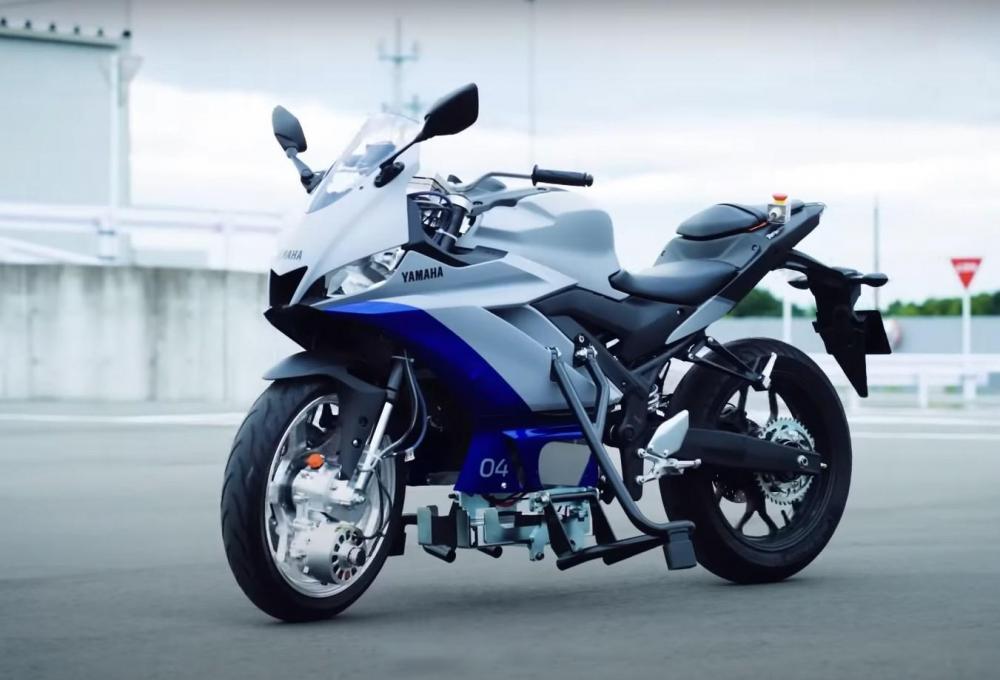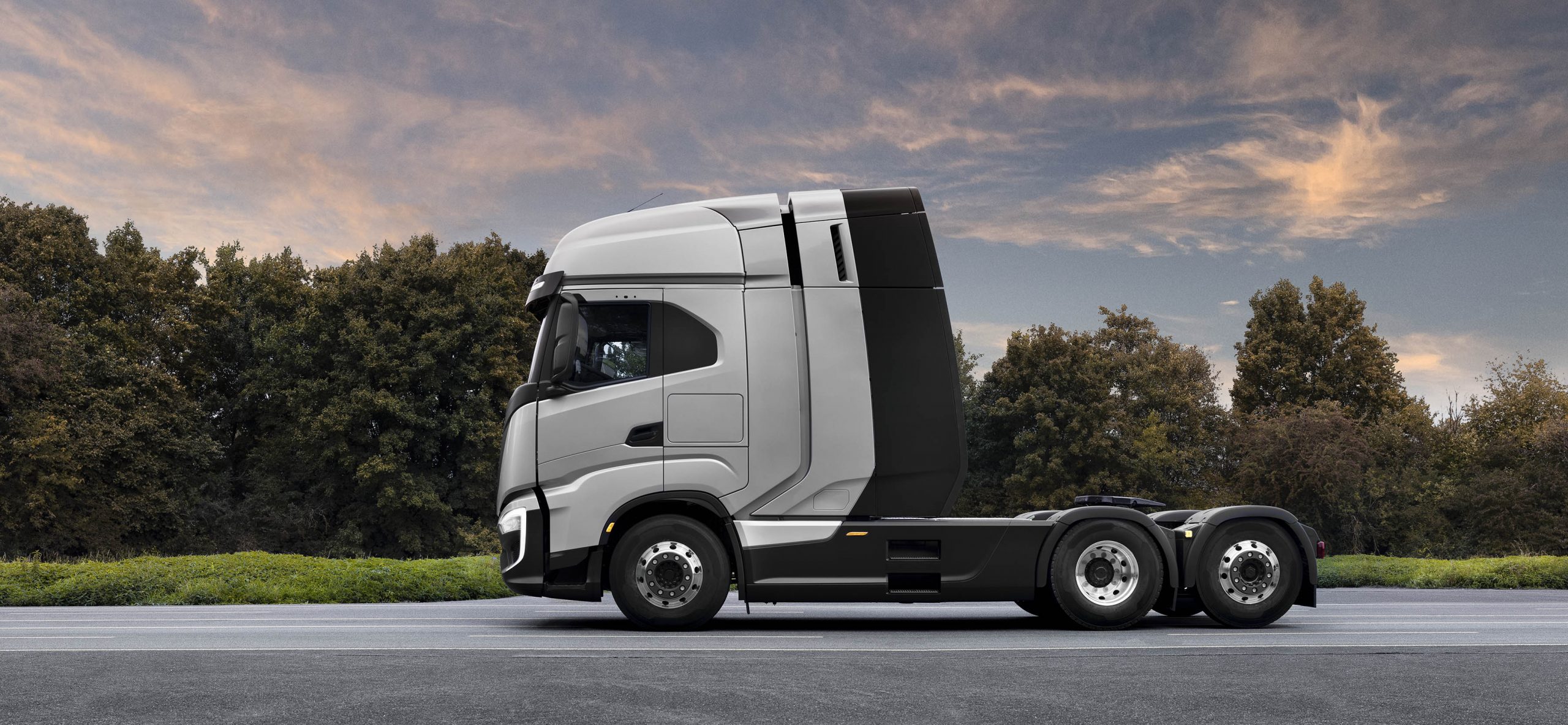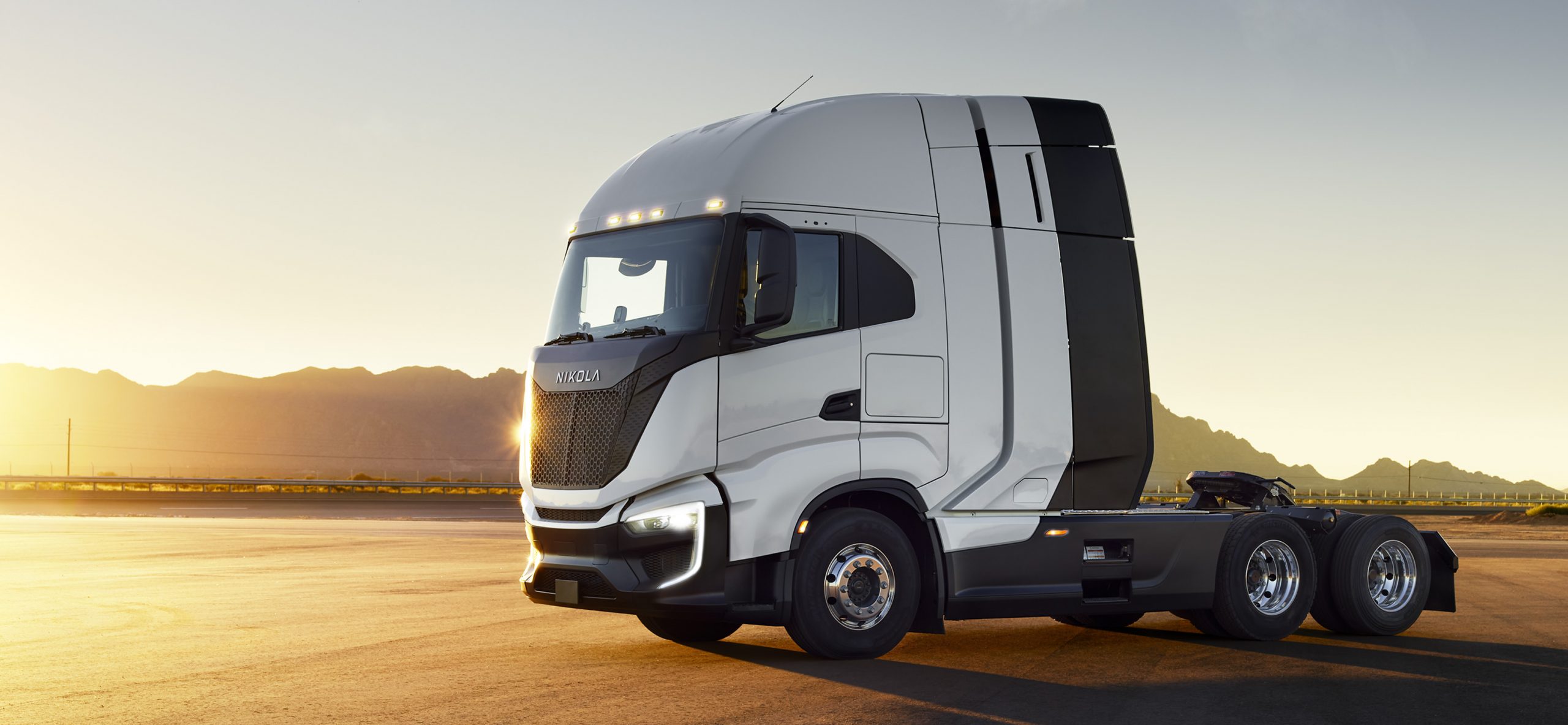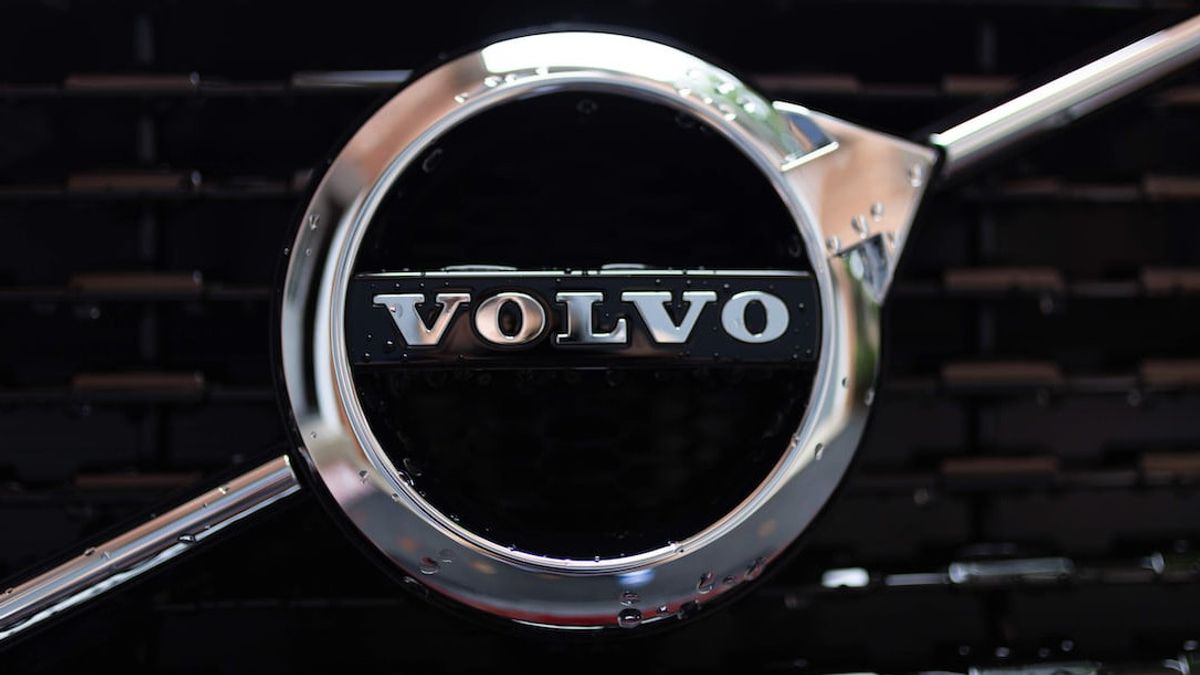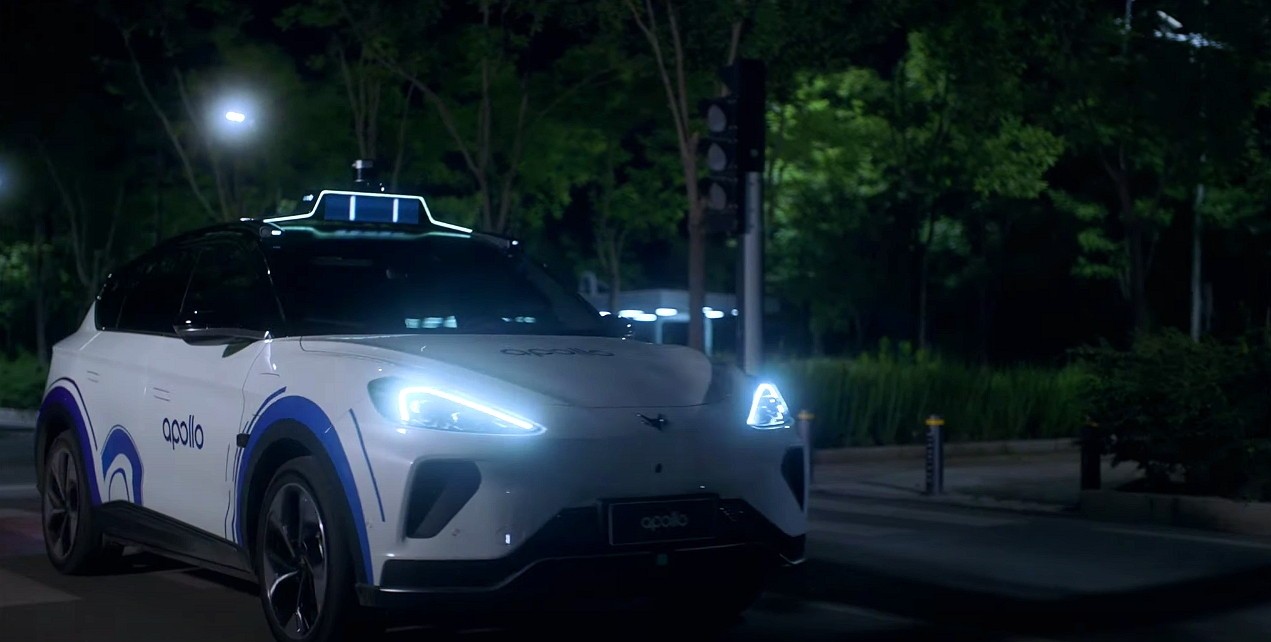One of the enemies of electrification vehicles is temperature. It is common knowledge that low temperatures can reduce cruising range. However, how big is the impact? Recent studies from Recurrent get the percentage reduction.
Tests were carried out on 13 electric cars. They compared the mileage when the car was driving at normal temperatures, in these conditions at 21 degrees Celsius with operating at -1 to -7 degrees Celsius. The 13 cars: Audi e-tron, BMW i3, Chevrolet Bolt, Ford Mustang Mach-E, Hyundai Kona, Jaguar I-Pace, Nissan Leaf, Volkswagen e-Golf, Volkswagen ID.4, Tesla Model S, Model 3 , Model X and Model Y.
The unit with the worst reduction was the Chevrolet Bolt, which reached 32%. At normal temperatures it can go up to more than 362 km, reduction makes it only a little over 241 km. Slightly different from Bolt, there is the Mustang Mach-E Premium AWD 99kWh variant and the VW ID.4 by 30%. They experienced a deficit of 402 km to a little over 281 km.
The 20 percent reduction level is occupied by the BMW i3, VW e-Golf and Nissan Leaf. Respective reduction of 24%, 23% and 21%. Then 6 models are between 15% to 19%.
In detail, Tesla Model Y Long Range AWD and Model X 75D by 15%. Meanwhile, the top-selling Model 3 was affected by up to 17%, this reduction is equivalent to a car made in South Korea, the Hyundai Kona. Meanwhile, Tesla’s most powerful sedan, the Model S variant of the Long Range 75 kWh, touched 19%.
The car that had caught the public’s attention, because it appeared in the Hollywood film Avengers Endgame, the Audi e-tron Premium Plus, when running in minus temperatures, was reduced by 8%. Jaguar I-Pace won with just 3%.
The achievements of the two cars were assessed thanks to the use of a heat pump. Where the device captures the heat created from the mechanical heart, then transfers it back to the cabin to provide comfort for all passengers. On the other hand, cars with the worst performance use resistance heating instead of a heat pump. Even though this component is known to suck up massive battery energy.
Even so, the numbers obtained on several cars are estimates via the onboard telematic device. Units that use this technique are the Audi e-Tron, BMW i3, Chevy Bolt, Hyundai Kona, Jaguar i-Pace and VW e-Golf. Meanwhile, the side has been verified through a combination of onboard tools and real-time usage data.


